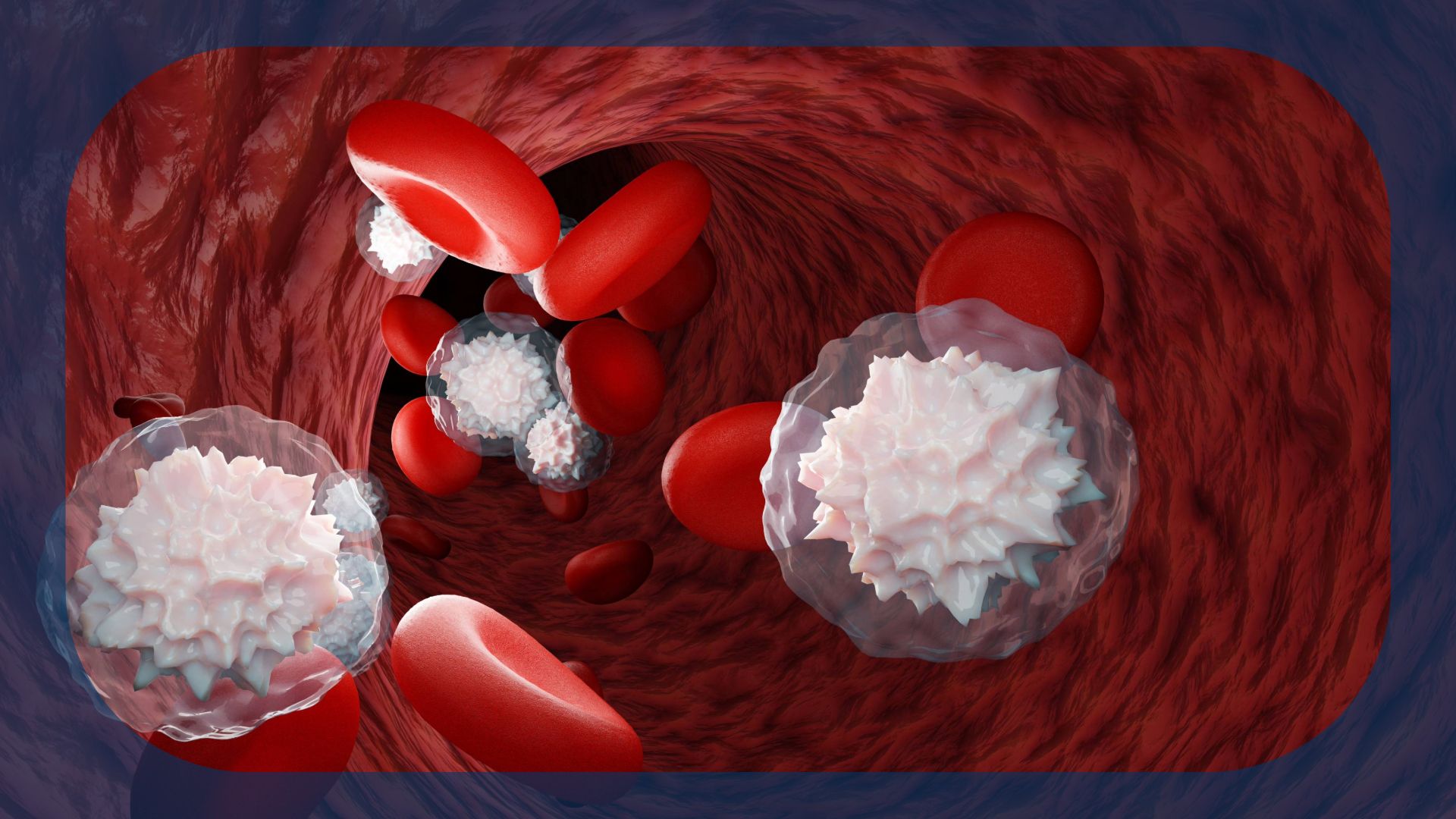Waldenström Macroglobulinemia | Image credit:
© Om.Nom.Nom – stock.adobe.com
The European Medicines Agency (EMA) has granted PRIority MEdicines (PRIME) designation to the BTK degrader BGB-16673 for the treatment of patients with Waldenström macroglobulinemia who have previously received a BTK inhibitor.1
Furthermore, the EMA’s Committee for Medicinal Products for Human Use has issued a positive opinion on the European Union orphan drug designation application for BGB-16673 in Waldenström macroglobulinemia. Of note, a final decision regarding this application is anticipated in the coming weeks.
“This is [BeOne Medicines’] first PRIME designation, marking a milestone for BeOne and providing early and enhanced interaction with the EMA as we advance BGB-16673,” Julie Lepin, senior vice president and chief regulatory affairs officer at BeOne, the developer of BGB-16673, stated in a news release. “PRIME allows us to align early with the EMA on key evidence requirements and potentially accelerate our path to marketing authorization of BGB-16673 for patients with relapsed or refractory Waldenström macroglobulinemia.”
Notably, in August 2024, the FDA granted fast track designation to BGB-16673 for the treatment of patients with relapsed/refractory chronic lymphocytic leukemia or small lymphocytic lymphoma after at least 2 previous lines of therapy, including a BTK inhibitor and a BCL-2 inhibitor.2
Data from the phase 1/2 CaDAnCe-101 trial (NCT05006716) presented at the 2025 EHA Congress revealed that BGB-16673 had a tolerable safety profile and demonstrated early antitumor activity in patients with relapsed/refractory Waldenström macroglobulinemia.3
The subgroup analysis from the study showed that among 36 patients treated with the BTK degrader, antitumor activity was observed, particularly in patients with BTK inhibitor–resistant mutations, including TP53 and CXCR4 mutations, who had previous exposure to chemoimmunotherapy and covalent or noncovalent BTK inhibitors. Notably, the overall response rate (ORR) was 84.4% in the total population. Additionally, the major response rate—including very good partial responses and partial responses—was 75.0%, and the median time to first response was 1.0 months (range, 0.9-3.7). The ORRs by mutational status were 100% in patients with BTK mutations (n = 11), 89.3% in those with MYD88-mutant disease (n = 28), 94.1% in those with CXCR4-mutant disease (n = 17), and 100% in those with TP53-mutant disease (n = 15).
Any-grade treatment-emergent adverse effects (TEAEs) occurred in 88.9% of patients, and 69.4% of patients had TEAEs related to treatment. Of note, grade 3 or higher TEAEs were reported in 61.1% of patients, and 38.9% of patients had grade 3 or higher TEAEs related to treatment. The most common TEAEs included neutropenia (39%), contusion (31%), diarrhea (25%), and thrombocytopenia (20%). The most common grade 3 or higher TEAEs were neutropenia (31%), anemia (17%), and thrombocytopenia (6%). No cases of atrial fibrillation, major hemorrhage, febrile neutropenia, or pancreatitis were observed in the study.
The open-label, dose-escalation, and dose-expansion study included patients with Waldenström macroglobulinemia who had received 2 or more prior therapies, had an EGOG performance status of 0 to 2, and had adequate organ function. Patients on the study were treated with oral BGB-16673 daily in 28-day cycles. The part 1a dose-escalation portion of the study evaluated the BTK degrader at 50 mg, 100 mg, 200 mg, 350 mg, 500 mg, and 600 mg.
Regarding baseline patient characteristics, the median age in the overall population was 72.0 years (range, 49-81). A total of 61.1% of patients were male, and most patients had an ECOG performance status of 0 (47.2%) or 1 (47.2%). At baseline, the median hemoglobin level was 102 g/L (range, 60-146), the median neutrophil count was 2.6 x 109/L (range, 0.2-7.4), and the median platelet count was 153.5 x 109/L (range, 14.0-455.0). Common mutation statuses included MYD88(88.6%), CXCR4 (54.3%), BTK (35.5%), and TP53 (51.6%) mutations. The study’s primary end point was the safety and tolerability of BGB-16673, the maximum tolerated dose of the agent, and the recommended dose for expansion. Secondary end points included pharmacokinetics, pharmacodynamics, and preliminary antitumor activity.
References
- BeOne Medicines receives PRIME designation from the European Medicines Agency for BGB-16673 in Waldenstrom’s macroglobulinemia. News release. BeOne. July 31, 2025. Accessed August 4, 2025. https://ir.beonemedicines.com/news/beone-medicines-receives-prime-designation-from-the-european-medicines-agency-for-bgb-16673-in-waldenstroms-macroglobulinemia/03052c6c-9e8f-46af-bc4b-d736eb86c87e
- BeiGene’s BGB-16673 receives U.S. FDA fast track designation for CLL/SLL. News release. BeOne. August 26, 2024. Accessed August 4, 2025. https://ir.beonemedicines.com/news/beigenes-bgb-16673-receives-us-fda-fast-track-designation-for-cllsll/ed433e34-61fd-4d89-b243-9e79381811df
- Frustaci AM, Seymour JF, Cheah CY, et al. Updated efficacy and safety of the Bruton tyrosine kinase degrader BGB-16673 in patients with relapsed/refractory Waldenström macroglobulinemia: ongoing phase 1 CaDAnCe-101 study results. Presented at: European Hematology Association 2025 Congress; June 12-15, 2025; Milan, Italy. Abstract S231.
